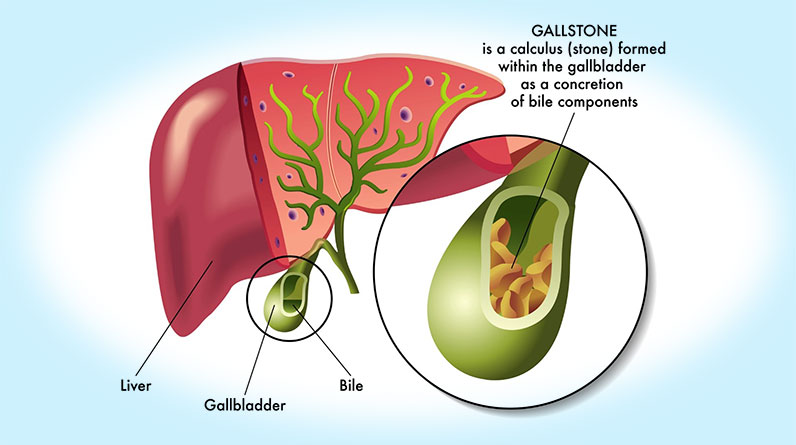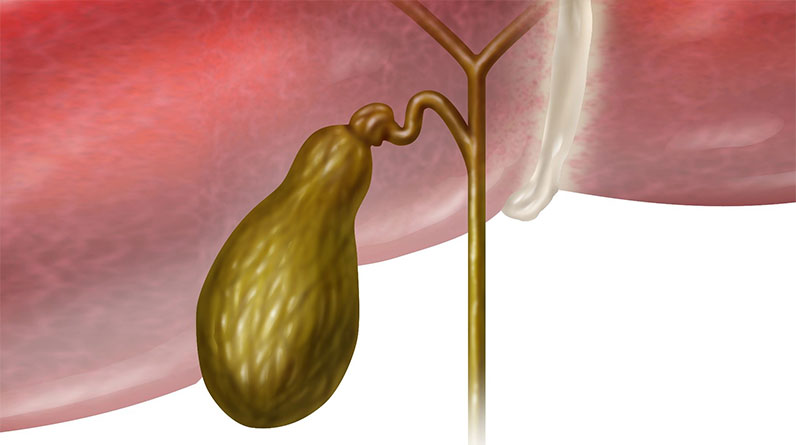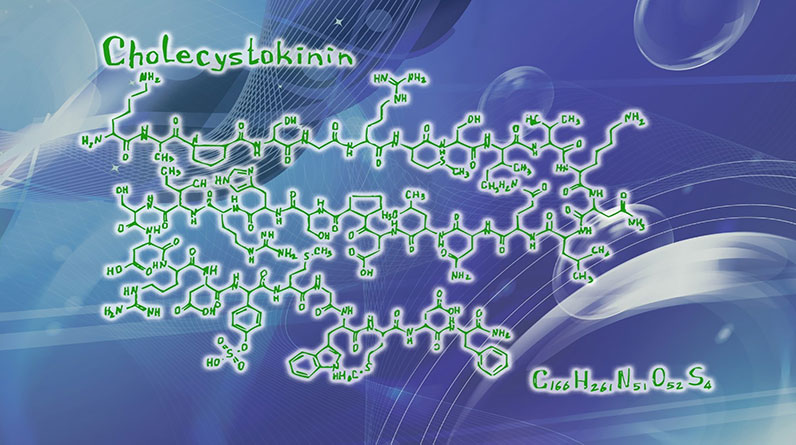
Anatomy and Functions of the Gallbladder
The gallbladder is a small, pear-shaped organ that functions as an adjuvant in the digestive system, particularly in conjunction with the liver. Understanding its anatomy and functions provides insight into its importance in maintaining digestive health.
The gallbladder is a small organ, typically about 7 to 10 centimeters long and 4 centimeters in diameter. It is shaped like a pear and is located at the lower part of the liver, in the upper right quadrant of the abdomen. The gallbladder is nestled in a depression on the underside of the liver, providing a protected and supportive environment.
One of the primary functions of the gallbladder is to store bile, a digestive fluid produced by the liver. Bile is essential for the digestion and absorption of fats in the small intestine. The liver continuously produces bile, which then flows through a network of ducts into the gallbladder. The gallbladder can hold about 30 to 50 milliliters of bile at any given time, concentrating it by absorbing water and electrolytes.
The gallbladder’s role in digestion becomes prominent when food, especially fatty food, enters the small intestine. When this occurs, the small intestine releases the hormone cholecystokinin (CCK), signaling the gallbladder to contract. This contraction forces bile to flow from the gallbladder through the cystic duct and into the common bile duct, delivering the bile into the small intestine.
Bile performs several vital functions:
- Emulsification of Fats: Bile contains bile salts, which emulsify fats, breaking them down into smaller droplets. This process increases the surface area of fats, making them more accessible to digestive enzymes like lipase, which further break down fats into fatty acids and glycerol for absorption.
- Absorption of Fat-Soluble Vitamins: Bile aids in the absorption of fat-soluble vitamins (A, D, E, and K) by making dietary fats more soluble, allowing these essential vitamins to be absorbed efficiently.
- Neutralization of Stomach Acid: Bile helps neutralize stomach acid as it enters the small intestine, providing an optimal environment for the function of intestinal enzymes and protecting the intestinal lining from acid damage.
Gallbladder and Liver Interaction
The gallbladder and liver work together in a coordinated manner to ensure efficient digestion and nutrient absorption. Their interaction is intricately regulated by hormones and neural signals, which control bile production, storage, and release.
The liver continuously produces bile, which is composed of bile salts, cholesterol, bilirubin, and other substances. This bile is secreted into a network of bile ducts that converge to form the common hepatic duct. From here, bile can either flow directly into the small intestine or be diverted to the gallbladder for storage.
The regulation of bile storage and release is primarily controlled by hormones, such as cholecystokinin (CCK).
- Cholecystokinin (CCK): This hormone is released by the small intestine in response to the presence of fats and partially digested proteins in the food that enters the small intestine from the stomach. CCK has multiple functions, but its primary role in this context is to stimulate the gallbladder to contract.
- Secretin: Another important hormone in the regulation of bile is secretin, which is released by the small intestine when acidic material enters the intestine. Secretin stimulates the liver to produce bile that is rich in bicarbonate.
The process of bile release is a well-coordinated event that ensures bile is available in the small intestine precisely when it is needed for digestion.
Gallbladder Disorders
Several disorders can affect the gallbladder, significantly impacting digestive health and overall well-being. The following discusses three common gallbladder disorders: gallstones, cholecystitis, and gallbladder cancer.
Gallstones
Gallstones are the most common gallbladder disorder. They are hardened deposits of digestive fluid that can form in the gallbladder. Gallstones come in two types: cholesterol gallstones, which are made primarily of hardened cholesterol, and pigment gallstones, which are made up of bilirubin.
- Causes: Factors contributing to gallstone formation include obesity, a high-fat diet, rapid weight loss, diabetes, and certain genetic factors.
- Symptoms: Many people with gallstones are asymptomatic. When symptoms occur, they can include severe pain in the upper right abdomen, nausea, vomiting, and sometimes jaundice (yellowing of the skin and eyes).
- Treatment: Treatment options include medications to dissolve gallstones and surgical removal of the gallbladder (cholecystectomy).
Cholecystitis
Cholecystitis is inflammation of the gallbladder, often caused by gallstones blocking the cystic duct. This blockage leads to bile buildup, causing irritation and inflammation.
- Causes: Gallstones are the primary cause, but cholecystitis can also result from bile duct problems, tumors, or infections.
- Symptoms: Symptoms include severe pain in the upper right abdomen that may radiate to the shoulder or back, fever, nausea, vomiting, and tenderness over the abdomen.
- Treatment: Initial treatment typically involves fasting, intravenous fluids, antibiotics, and pain relief. Surgery to remove the gallbladder (cholecystectomy) is often required for definitive treatment.
Gallbladder Cancer
Gallbladder cancer is relatively rare but can be aggressive. It begins in the cells of the gallbladder and often goes undetected until it is advanced due to the lack of early symptoms.
- Causes: Risk factors include gallstones, chronic gallbladder inflammation, age, female gender, obesity, and certain genetic predispositions.
- Symptoms: Symptoms may include abdominal pain, jaundice, nausea, vomiting, unexplained weight loss, and a palpable mass in the abdomen.
- Treatment: Treatment options depend on the stage of the cancer and may include surgery to remove the gallbladder and surrounding tissues, chemotherapy, radiation therapy, and palliative care to manage symptoms.
Gallbladder disorders such as gallstones, cholecystitis, and gallbladder cancer can significantly affect digestive health. Early detection and appropriate treatment lead to the best outcomes. Regular check-ups and awareness of symptoms can help in early diagnosis and treatment.


